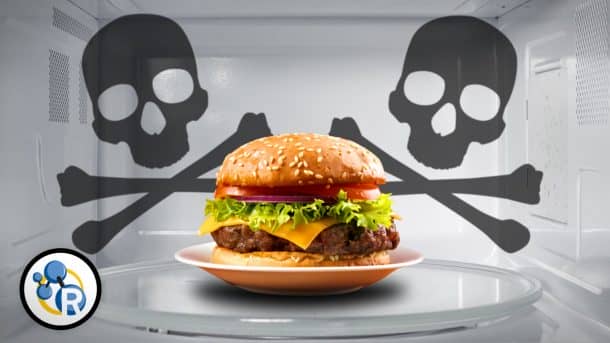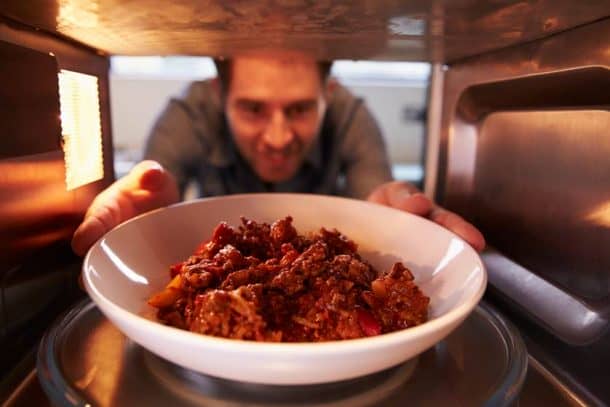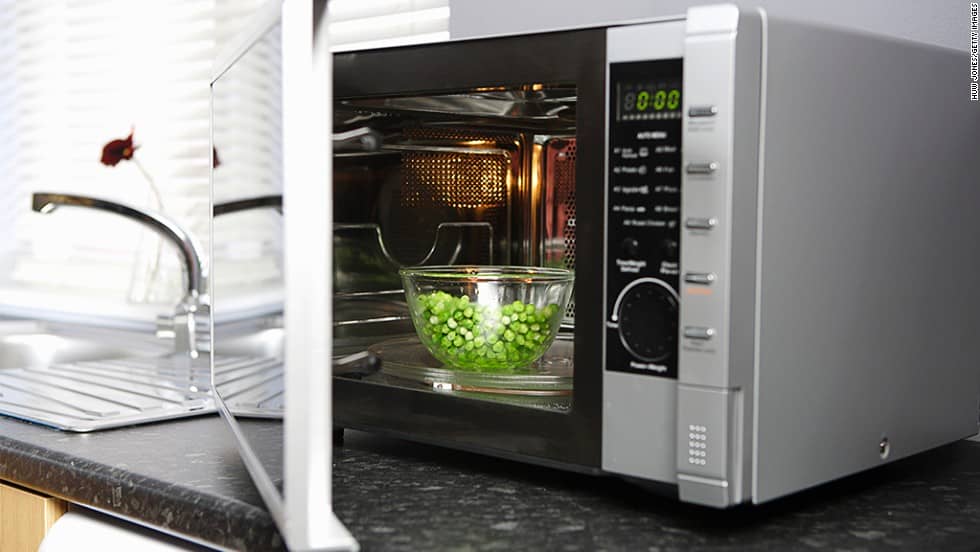The eternal debate between the pros and cons of eating microwaved food is still alive and kicking! Some people call the device cancerous, while many others hail it as one of the greatest inventions of our time. So which one is it?
Before we dwell into the reality of the matter, below is an excerpt from Living Traditionally, which gives such a horrific and scary list of the perils of using a microwave oven, that it will ultimately make you throw out the device in an instant. They write,
- Eating food processed from a microwave oven causes permanent brain damage by “shorting out” electrical impulses in the brain.
- The prolonged eating of microwaved foods causes cancerous cells to increase in human blood.
- Minerals, vitamins, and nutrients of all microwaved food are reduced or altered so that the human body gets little or no benefit.
- Microwaved foods cause stomach and intestinal cancerous growths (tumors). This may explain the rapid rate of colon cancer in America.
- The prolonged eating of microwaved foods causes cancerous cells to increase in human blood.
- Continual ingestion of microwaved food causes immune system deficiencies through lymph gland and serum alterations.
- Eating microwaved food causes loss of memory, concentration, emotional instability, and a decrease of intelligence.
- Microwaving milk and cereal grains converted some of their amino acids into carcinogens.
- Thawing frozen fruits converted their glucoside and galactoside containing fractions into carcinogenic substances.

All of these allegations are without any reference to any scientific study, of course. So what’s the truth? Is something wrong happening to your food behind that microwave door?

Catherine Adams Hutt, RD, Ph.D., a registered dietician and certified food scientist says,
“Whenever you cook food, you’ll have some loss of nutrients. The best cooking method for retaining nutrients is one that cooks quickly, exposes food to heat for the smallest amount of time and uses only a minimal amount of liquid.”
As an example, you can take spinach which loses up to 70 percent of its folic acid when cooked on a stove. But in a microwave, with just a little water you can retain nearly all of it. In a similar vein, cooking bacon in a pan until they are crispy creates nitrosamines which are cancerous, while microwaving bacon doesn’t!

Of course, the safety lies in how you use the microwave. If you start using water to steam your veggies, you are sure to get plenty of nutrition.
“When you cook food in a microwave, cover it tightly, creating an efficient steam environment,” advises Hutt.
Another small study found that steamed broccoli retained almost all of its cancer-fighting sulforaphane than boiled or cooked on a stove. The fact is that in most of the cases cooking in a tightly covered microwave-safe container with a small amount of liquid is a win, which can even enhance the nutritional value of some foods.
Microwaving makes the carotenoids in tomatoes and carrots more available to our bodies, for example, and the biotin in eggs more digestible, along with killing bacteria in food that can make us sick.

“From a safety standpoint,” says Hutt, “you don’t want to be eating raw chicken.So go ahead and use that microwave. It’s a quick way to essentially steam food from the inside out. You won’t get the aromas that baking or roasting provides, but if you do it right, with just a little bit of water in a tightly closed microwave-safe container, you’ll be very well nourished.”



What about good bacteria that keeps us healthy?